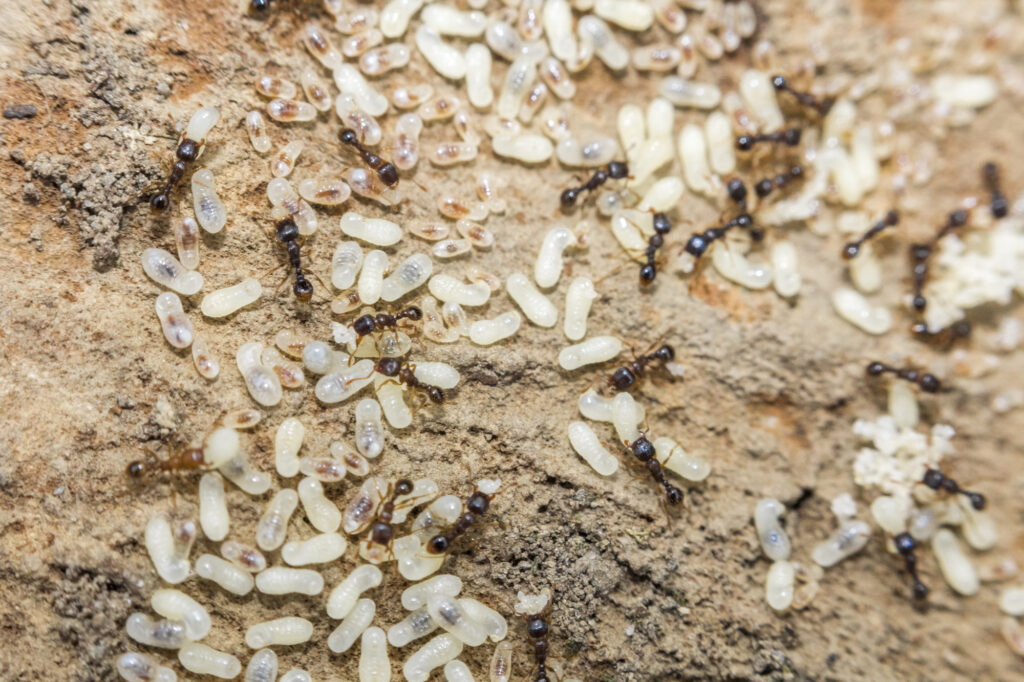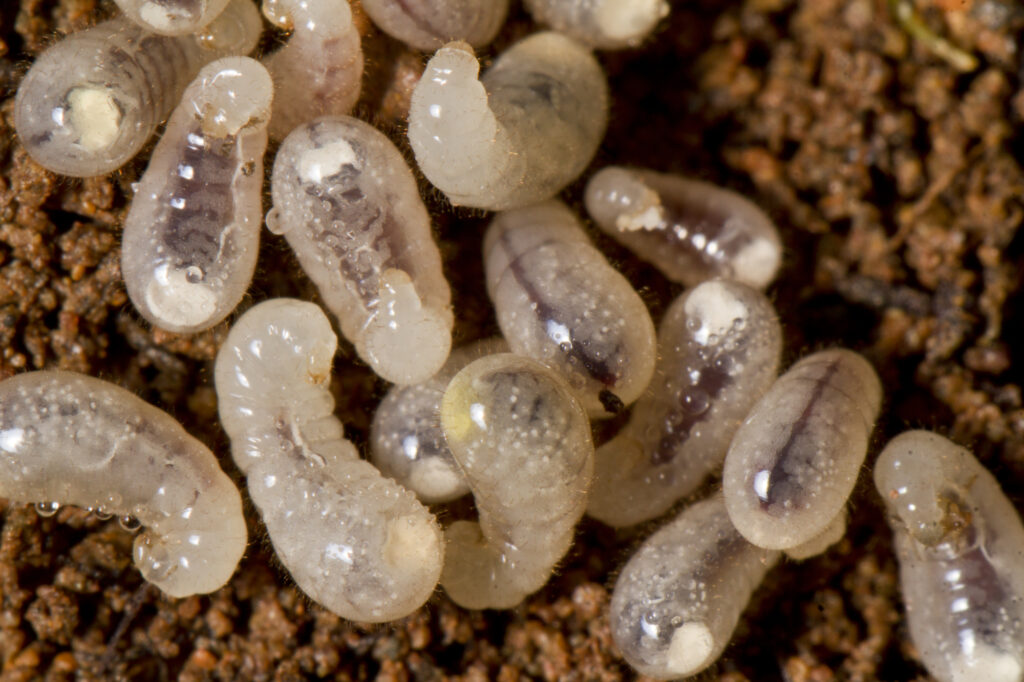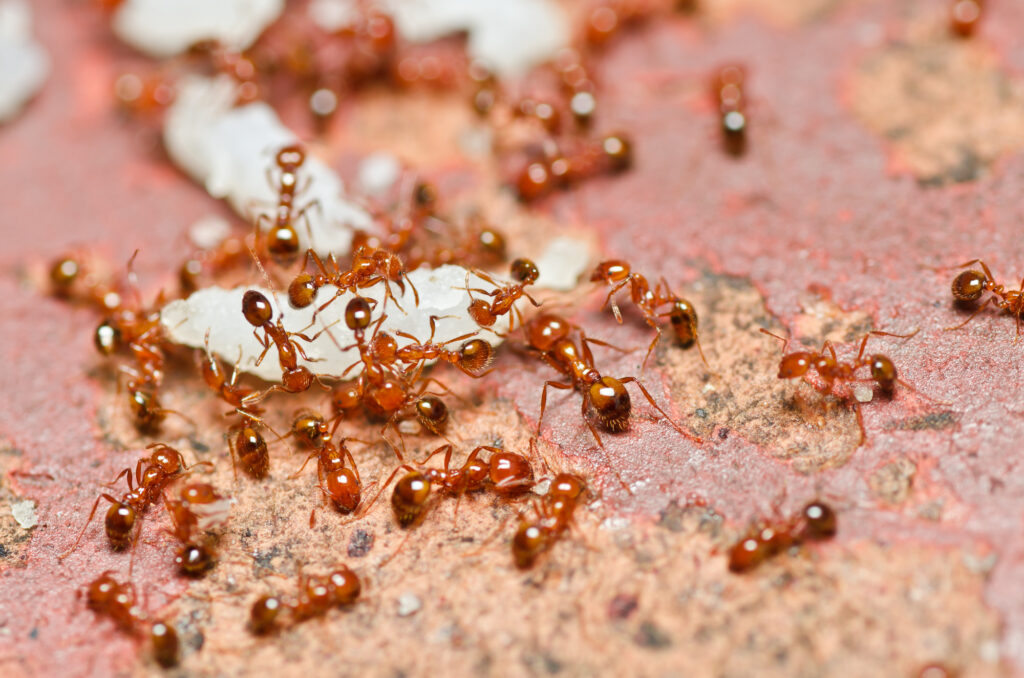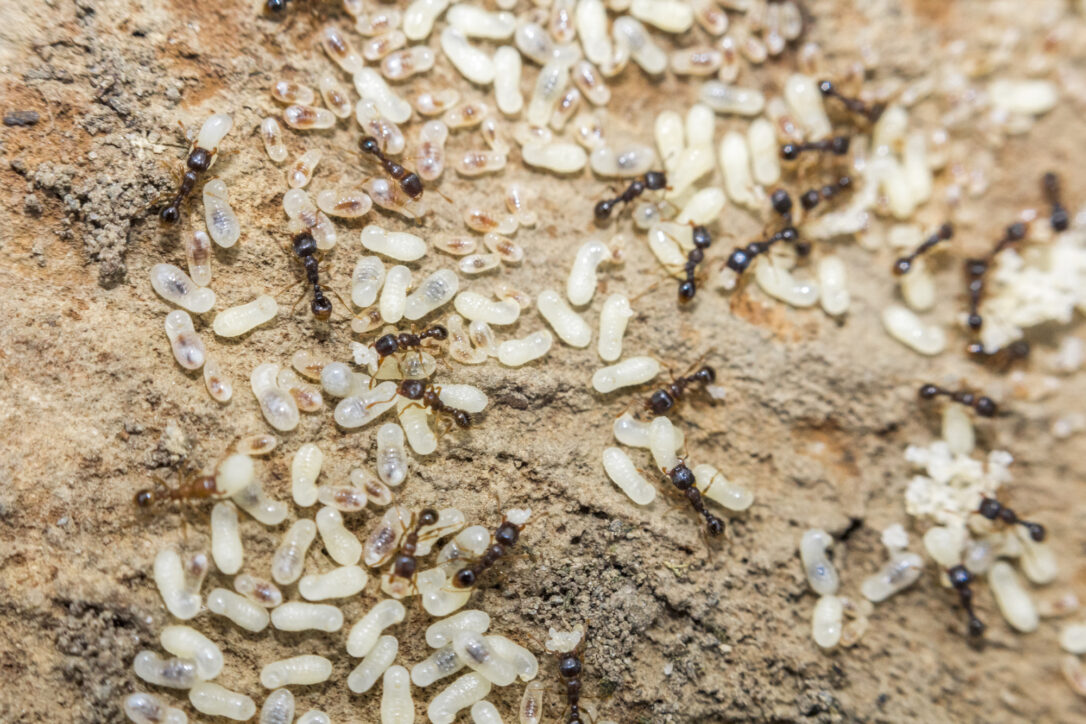Ants are one of the most fascinating creatures on Earth. They are social insects that live in colonies with specialized tasks for each member. Ants have a complex life cycle, and understanding it is crucial for anyone who wants to study or observe them. In this article, we will explore the life cycle of ants, from the egg stage to the adult stage, and everything in between.
Introduction
Ants belong to the family Formicidae, which includes more than 12,000 species. They can be found on every continent except Antarctica and are known for their ability to work together in organized colonies. The life cycle of ants is divided into four stages: egg, larva, pupa, and adult. Each stage has its unique characteristics and plays a vital role in the colony’s survival.
The Egg Stage

The egg stage is the first stage of the ant life cycle. It begins when the queen ant lays her eggs. The queen ant is responsible for laying all the eggs in the colony, and she can lay up to 1,000 eggs a day. The eggs are small and oval-shaped, and they are usually white or translucent. The time it takes for the eggs to hatch depends on the species, but it can range from a few days to several weeks.
The Larvae Stage

After the eggs hatch, the larva stage begins. The larvae are worm-like and have no legs or eyes. They are entirely dependent on the worker ants for food and care. The worker ants feed the larvae with a mixture of regurgitated food and gland secretions. The larvae grow rapidly during this stage, and their bodies become segmented, and they develop legs and eyes.
The Pupa Stage

The pupa stage is the stage where the larvae transform into adult ants. During this stage, the larvae spin a cocoon around themselves, which protects them while they metamorphose into an adult ants. The pupa is also entirely dependent on the worker ants for food and care. The time it takes for the pupa to develop into an adult ant varies from species to species and can range from a few days to several weeks.
The Adult Stage

The adult stage is the final stage of the ant life cycle. After the pupa stage, the ant emerges from its cocoon as a fully developed adult. The adult ant has three body segments: the head, thorax, and abdomen. It also has six legs, two antennae, and wings in some species. The adult ant’s primary role in the colony depends on its sex. The worker ants are responsible for gathering food, taking care of the larvae and pupae, and maintaining the nest. The male ants’ primary role is to mate with the queen, and the queen ant’s primary role is to lay eggs and maintain the colony.
Ants’ Life Cycle in Different Species
Different ant species have unique life cycles that vary in length, shape, and behaviour. For example, the leafcutter ant colony’s queen can live for over two decades and produce over a million offspring in her lifetime. On the other hand, the lifespan of the male ant can be as short as a few days. Understanding the specific life cycle of different ant species is essential for anyone interested in studying or observing them.
Factors Affecting Ants’ Life Cycle
Several factors can affect the ant life cycle. The temperature, humidity, and food availability can all impact the length and success of each stage. For example, in warmer temperatures, the eggs hatch faster, and the larvae and pupae develop more quickly. In contrast, in colder temperatures, the ant’s development slows down.
Importance of Ants
Ants play a crucial role in the ecosystem. They are responsible for maintaining soil quality, controlling pests, and distributing seeds. Understanding the ant life cycle helps us understand their behaviour and the role they play in the environment. It also helps scientists develop better ways to control and manage ant populations.
Ant Life Cycle and Pest Control
Ants can be a nuisance and cause damage to buildings and gardens. Understanding the ant life cycle is essential for effective pest control. For example, targeting the queen during the egg-laying stage can prevent the colony from growing. Similarly, disrupting the worker ants during the pupae stage can prevent them from developing into adults and reproducing.
Frequently Asked Questions
How long does it take for an ant to develop from an egg to an adult?
The time it takes for an ant to develop depends on the species and environmental factors, but it can range from a few weeks to several months.
Do all ants have wings?
No, only certain species of ants have wings, and they are typically the reproductive members of the colony.
Can ants change their role in the colony?
Yes, ants can change their role in the colony based on the needs of the colony. For example, worker ants can become soldiers if the colony is under attack.
How do ants communicate with each other?
Ants communicate with each other through pheromones, which are chemical signals that they can detect with their antennae.
Why are ants important to the ecosystem?
Ants play a crucial role in maintaining soil quality, controlling pests, and distributing seeds, making them an essential part of the ecosystem.
You may also enjoy reading this article
Was This Article Helpful?
- Please provide feedback and comments to help us improve our content.
- Share your experiences and any additional tips you have for dealing with pests.
Share this Post



